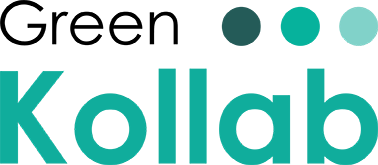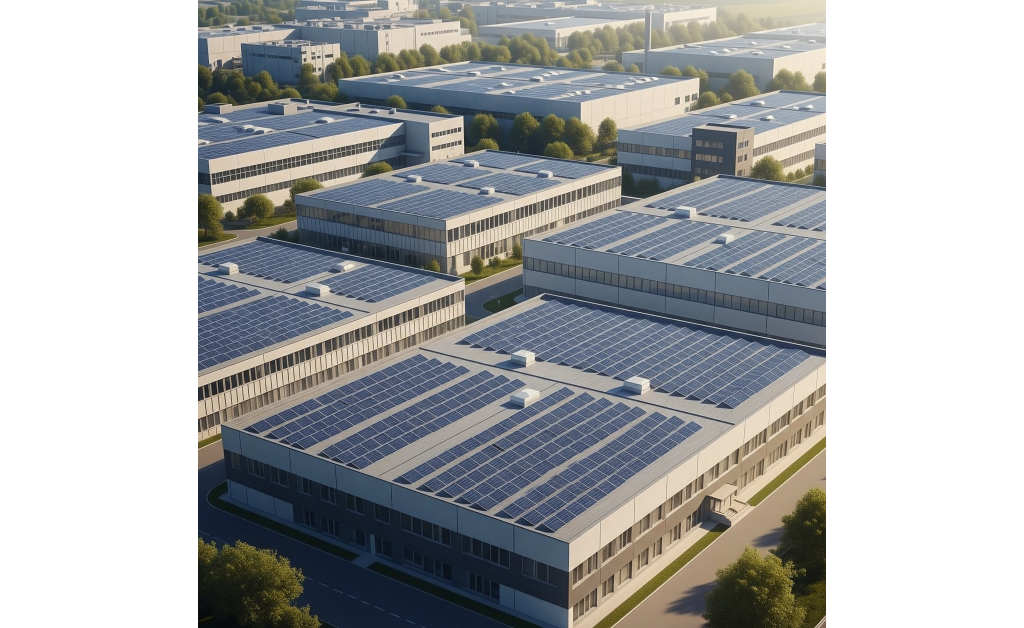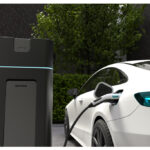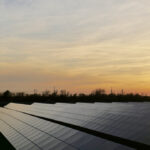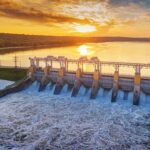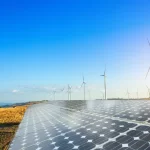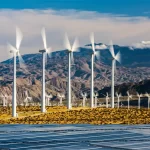Introduction
The world is switching to clean energy and it is no longer a trend, but a necessity. Rooftop solar power plants are one of the numerous feasible ways of going sustainable that are rather practical, eco-friendly, and cost effective, both to homes, industries, and businesses. Rooftop solar panels justify themselves by cutting the carbon footprints, electricity bills, and ensuring energy independence. The advantages are however not a secret but the role of safety in the operations and the maintenance of these systems has been neglected.
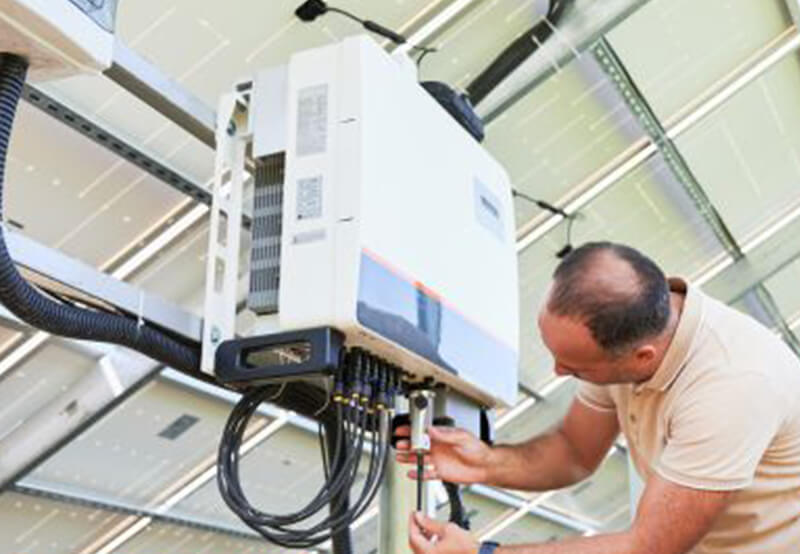
As rooftop solar installations continue to rise globally, solar panel installation safety becomes paramount. Minor careless acts of installation, regular service, and cleaning can result in damage to property and personal injury, and to system breakdown. And the fact is that most solar panels are installed in high or inaccessible places. This introduces specific risks of solar panels, including electrical hazards, slip and fall accidents, weather-related damage, and fire risks due to faulty wiring or poor design.
This manual will provide you with all the information about the safety of rooftop solar power plants that you should know, including installing best practices and monitoring techniques, cleaning systems, and long-lasting maintenance procedures. Regardless of whether you are a homeowner, facility manager, or solar installer, the given article will provide you with a convenient and simple framework to optimize the safety of your solar system, efficiency and longevity.
Why Rooftop Solar Safety Matters
Solar energy is a high voltage system on rooftops where it is exposed to the elements throughout the year. Each installation may include an array of panels, inverters, connections, and mounting, and all of this has to work with live electricity. Although the technology has been developed as a solution that will require minimal interventions in the long run, poor workmanship or failure to undertake safety checks may lead to:
- Electrical shocks
- Roof damage and leaks
- Fire hazards from overheating or short circuits
- Reduced energy efficiency due to undetected faults
- System degradation from neglect or improper cleaning
In the pursuit of green energy, safety can’t be an afterthought. By integrating solar panel monitoring, preventive inspections, and cleaning protocols, you can proactively avoid these risks and get the most out of your investment.
Core Areas to Focus On for Rooftop Solar Safety
1. Solar Panel Installation Safety: Safety starts with a proper setup. An incorrectly installed system can lead to water damage, panel displacement, or even roof collapse. Adhering to international safety codes, using personal protective equipment (PPE), and ensuring structural integrity are just a few of the many critical steps required.
2. Risks of Solar Panels: Solar systems come with built-in risks—especially on rooftops. Key concerns include fall hazards, electrical arc faults, overvoltage, shading losses, and physical wear and tear from wind, dust, birds, and heavy rainfall.
3. Solar Panel Monitoring: Smart monitoring tools can alert you in real time if there’s an underperforming panel, a string disconnection, or overheating issue. It’s like having a security guard for your solar setup, helping you act fast before a small issue becomes a major fault.
4. Solar Rooftop Cleaning System: Clean panels perform better. Dust, pollen, leaves, bird droppings, and air pollution can severely block sunlight absorption. A smart, automatic cleaning system—or a regular manual cleaning schedule—can boost power generation and reduce risks caused by overheating or hotspot formation.
5. Solar Panel System Maintenance: Maintenance is the secret to solar longevity. From tightening bolts and inspecting wiring to checking inverters and grounding systems, regular upkeep ensures safe, efficient, and uninterrupted solar energy production.
What Happens When Safety is Ignored?
Failing to prioritize safety can have both short-term and long-term consequences. Here’s what’s at stake:
- Human Life and Injuries: Loose connections and improper grounding can cause fatal electric shocks. Likewise, cleaning or repairing panels without fall protection can result in serious injury.
- Fire Accidents: If panels or connectors overheat, they can ignite. In fact, fire hazards are one of the top risks of solar panels—especially in poorly maintained setups.
- Structural Damage: If mounting systems aren’t secured properly, panels can fly off during storms, causing severe damage to the roof and nearby property.
- Loss of Efficiency: Even if the system doesn’t fail completely, poor cleaning and monitoring can reduce efficiency by 10–30%. That’s a loss you pay for over years.
In short: when you skip safety, you risk losing more than just energy output—you risk money, property, and lives.
Who is Responsible for Rooftop Solar Safety?
- Installers: Must ensure code-compliant, secure, and weather-proof setups. They should test systems before commissioning.
- Homeowners/Business Owners: Must maintain panels, schedule inspections, and avoid unauthorized repairs.
- O&M Providers: Operation and Maintenance (O&M) contractors are responsible for periodic checks, cleaning, and performance audits.
Everyone plays a part. Even if your system is professionally installed, your job isn’t over. Safety is a shared responsibility.
Real-World Example: When Safety Saves the Day
In a recent case in Pune, a commercial building’s rooftop solar system began to underperform due to undetected wiring damage caused by rodents. Fortunately, the facility had an advanced solar panel monitoring system in place. The dashboard flagged a sudden dip in generation. Upon inspection, technicians found exposed cables that could’ve easily sparked a fire during peak load. Immediate action prevented both financial loss and a potential disaster.This story highlights why solar monitoring and proactive maintenance aren’t optional—they’re essential.
Frequently Asked Questions (FAQs)
The main risks include electrical hazards (shocks, arc faults), fire, fall accidents during maintenance, overheating due to dirt accumulation, and structural damage if panels are not securely mounted.
Work with certified installers, ensure panels are installed with proper grounding and waterproofing, check for structural load-bearing capacity of your roof, and use safety equipment during installation.
Basic visual checks can be done monthly. However, detailed system maintenance (checking wiring, inverter health, and grounding) should be done at least once or twice a year by a qualified technician.
Absolutely. Faulty connectors, loose wiring, dirt accumulation, and overheating are major causes of rooftop solar fires. Regular maintenance drastically reduces such risks.
It tracks real-time energy output, alerts for faults or underperformance, and helps diagnose issues quickly—thus preventing larger failures and keeping your system safe.
